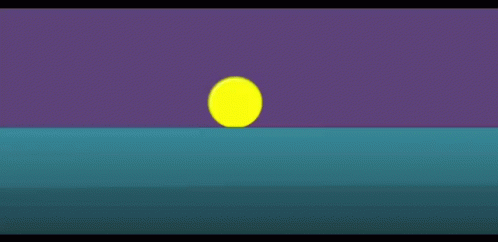Only gravity in a downward direction. That's not what Heliocentrists believe.
Burden of proof. Flat Earth is the observation. You can explain Heliocentrism by Heliocentric pixies at the bottom of the garden for all I care, but your hypothesis will be rejected unless you can provide valid evidence, which thus far, you have been unable to.
Burden of proof. Flat Earth is the observation. You can explain Heliocentrism by Heliocentric pixies at the bottom of the garden for all I care, but your hypothesis will be rejected unless you can provide valid evidence, which thus far, you have been unable to.
As earths magnetic energy becomes weaker,
The gravity becomes stronger for surrounding forces.
It's how your able to float in space.
Or heat from the sun is able to make water rise in the form vapor.
The forces of gravity are constantly pulling on each other.
When you put forces of gravity like the sun the moon and the earth, and put them in perfect distance of one another, all three will pull on each other.
To say one will not move over the other, doesn't make any sense.
The Futher away plannets, will pull on the plannet nearer to the the sun.
And the further away plannets will pull on something outside of the sun's magnetic field but still have some attraction to the sun.
But neither force of gravity inside the sun's magnetic field or out of the sun's magnetic field will be able to win the tug of war, as it's perfectly balanced.
Each plannet has some type of centre of gravity of its own.
The earth is to small to control all the plannets and the sun
If you use this reasoning
Bigger plannets would be the centre of gravity, rather than the earth
And we would revolve around bigger plannets.
The only logical reasoning is we revolve around the sun.
It like going to the moon
You can still stand on the moon.
But because it's own centre of gravity is verry weak. You can kinda float when you jump.
Which means each position of each plannet and each star all work together, to cause the directional orbit they take.









